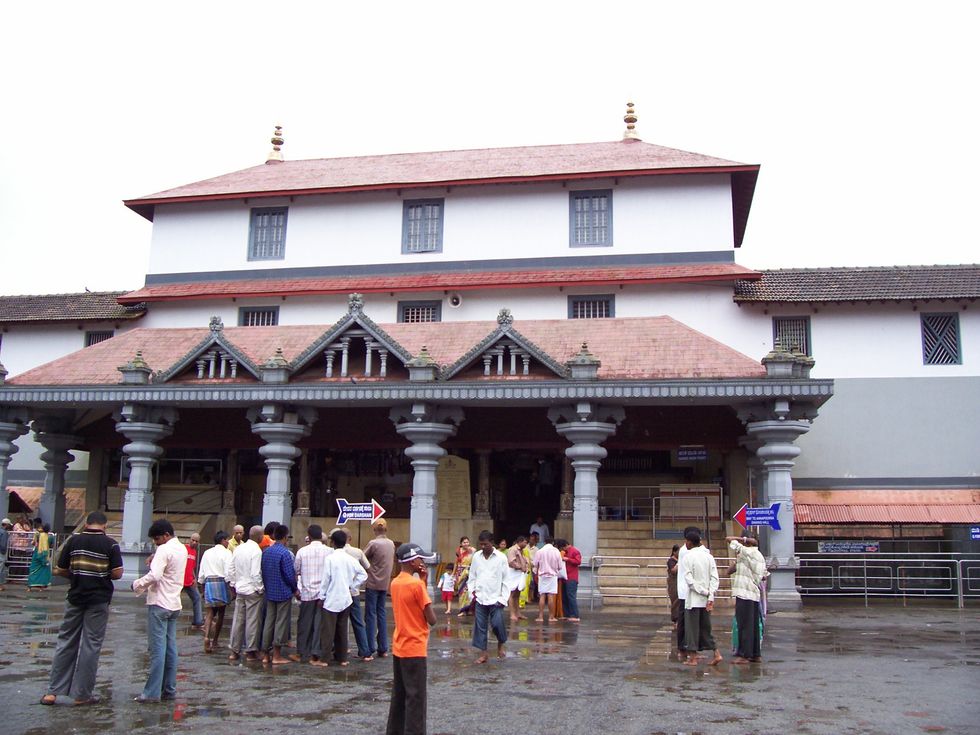Indian mountaineer Arjun Vajpai has become the youngest person in the world to scale six peaks of over 8,000 metres. On May 20, the Noida-based mountaineer summited Kangchenjunga, the third highest mountain in the world, to achieve this honour.
Vajpai says the feat was possible as a result of the "combined effort" of a team of sherpas and mountaineers. This was Vajpai's second attempt on Kangchenjunga as bad weather played spoilsport during his first attempt in 2017.
"There was no perfect recipe but a little of everything mixed into the mess. So in the end it was like a beautiful montage of things falling into place,” Vajpai was quoted as saying by PTI. "This time we had a great team with us. The coordination between the sherpas and the climbing members was much better. We did better planning before embarking on the mission," he said.
Since its first ascent, only 237 people have successfully climbed Kangchenjunga.
The 24-year-old now wants to scale all 14 mountains over 8,000 metres across the world.
In 2010, Vajpai climbed Mount Everest at the age of 16 to become the youngest person to have ever climbed it at that point in time.
Staying Fit
Vajpai is active on social media platforms and he constantly keeps his fans updated on his movements. Last year, he garnered a lot of media attention after a picture of him doing yoga at 18,000 feet (about 5,500m) above sea level became viral.
According to Vajpai's mother Priya, he has always been interested in yoga.
"He has always been a practitioner of yoga, and regularly performs it during a climb to stay fit and focused," she told Times of India. "This time, a lot of foreign climbers have joined him for the expedition, and when they saw him doing yoga, they also started doing it along with him. It has now become a group activity for them, and they are doing it regularly."















 Human remains unearthed in mass grave probe at Dharmasthala
Human remains unearthed in mass grave probe at Dharmasthala  Human bones found in Dharmasthala probe as whistleblower\u2019s mass grave claims gain credibility shri kshetra dharmasthala
Human bones found in Dharmasthala probe as whistleblower\u2019s mass grave claims gain credibility shri kshetra dharmasthala 

